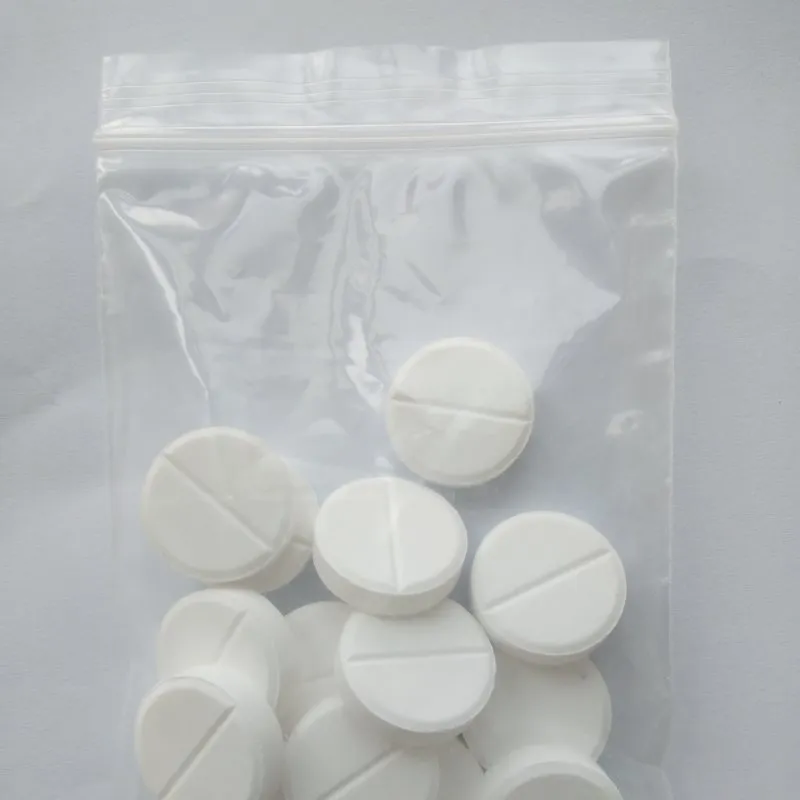



pool chemical treatment
Pool Chemical Treatment Ensuring Clean and Safe Swimming Experiences
Maintaining a clean and safe swimming pool goes beyond regular cleaning and skimming. One of the most critical aspects of pool maintenance is chemical treatment, which helps keep the water clear, balanced, and free from harmful pathogens. This article delves into the importance of pool chemical treatment, the types of chemicals used, and how to effectively manage pool water chemistry for optimal swimming conditions.
Understanding Pool Water Chemistry
Before diving into the specifics of chemical treatment, it’s important to understand the basics of pool water chemistry. The key parameters that pool owners should monitor regularly include pH, alkalinity, and chlorine levels. Each of these factors plays a significant role in ensuring the water is safe and pleasant for swimmers.
1. pH Level This measures how acidic or basic the water is. Ideally, pool water should have a pH level between 7.2 and 7.8. If the pH is too low, the water becomes acidic, which can cause skin irritations and corrode metal fixtures. Conversely, a high pH level can lead to cloudy water and scale formation.
2. Alkalinity Total alkalinity acts as a buffer for pH levels, helping to prevent drastic changes. The recommended alkalinity range for pool water is between 80 and 120 parts per million (ppm). Proper alkalinity levels help stabilize the pH, making it easier to maintain water balance.
3. Chlorine Levels Chlorine is the most commonly used sanitizing agent in pools. It kills bacteria, viruses, and other contaminants, ensuring safe swimming conditions. Free chlorine levels should be maintained between 1 and 3 ppm for effective sanitization.
Types of Pool Chemicals
When it comes to chemical treatment, there are various types of chemicals that pool owners can use, each serving a specific purpose
1. Sanitizers As mentioned, chlorine is the most popular choice, but other options, such as bromine and salt systems, are also effective. Pool owners can choose the sanitizer based on their swimming habits, preferences, and any sensitivities among swimmers.
2. pH Adjusters To maintain the ideal pH level, pool owners can use pH increasers (sodium carbonate) to raise the pH or pH decreasers (sodium bisulfate) to lower it.
pool chemical treatment

3. Alkalinity Adjusters Sodium bicarbonate is typically used to raise alkalinity, while muriatic acid or sodium bisulfate can help reduce high alkalinity levels.
.
4. Algaecides These chemicals prevent and treat algae growth in pools. Regular addition of algaecides can minimize the risk of algae blooms, especially during warm weather.
5. Clarifiers Pool clarifiers help clear cloudy water by binding small particles together, making it easier for the pool filter to remove them.
6. Shock Treatments “Shocking” a pool involves adding a large dose of chlorine or other oxidizing agents to break down contaminants, including chloramines, which can cause unpleasant odors and irritations.
Effective Pool Chemical Management
Successfully managing pool water chemistry requires regular testing and adjustments. Pool owners should invest in a reliable test kit to measure pH, alkalinity, and chlorine levels at least once a week. Additionally, during peak swimming seasons, more frequent testing may be necessary to ensure proper water balance.
When adding chemicals, it’s essential to follow product instructions closely. Over-treating a pool can lead to imbalanced water chemistry and potential harm to both swimmers and the pool infrastructure.
Moreover, it’s advisable to add chemicals during the evening or nighttime. Sunlight can degrade certain chemicals, particularly chlorine, reducing their effectiveness.
Conclusion
In conclusion, pool chemical treatment is vital for maintaining a clean and safe swimming environment. Understanding the fundamentals of water chemistry, selecting the right types of chemicals, and conducting regular maintenance can enhance the swimming experience while ensuring the safety of all swimmers. By committing to effective chemical treatment practices, pool owners can enjoy clear, inviting water year-round. Whether you are a seasoned pool owner or a new enthusiast, mastering pool chemistry will undoubtedly contribute to a more enjoyable and worry-free swimming experience.
-
Why Sodium Persulfate Is Everywhere NowNewsJul.07,2025
-
Why Polyacrylamide Is in High DemandNewsJul.07,2025
-
Understanding Paint Chemicals and Their ApplicationsNewsJul.07,2025
-
Smart Use Of Mining ChemicalsNewsJul.07,2025
-
Practical Uses of Potassium MonopersulfateNewsJul.07,2025
-
Agrochemicals In Real FarmingNewsJul.07,2025
-
Sodium Chlorite Hot UsesNewsJul.01,2025










